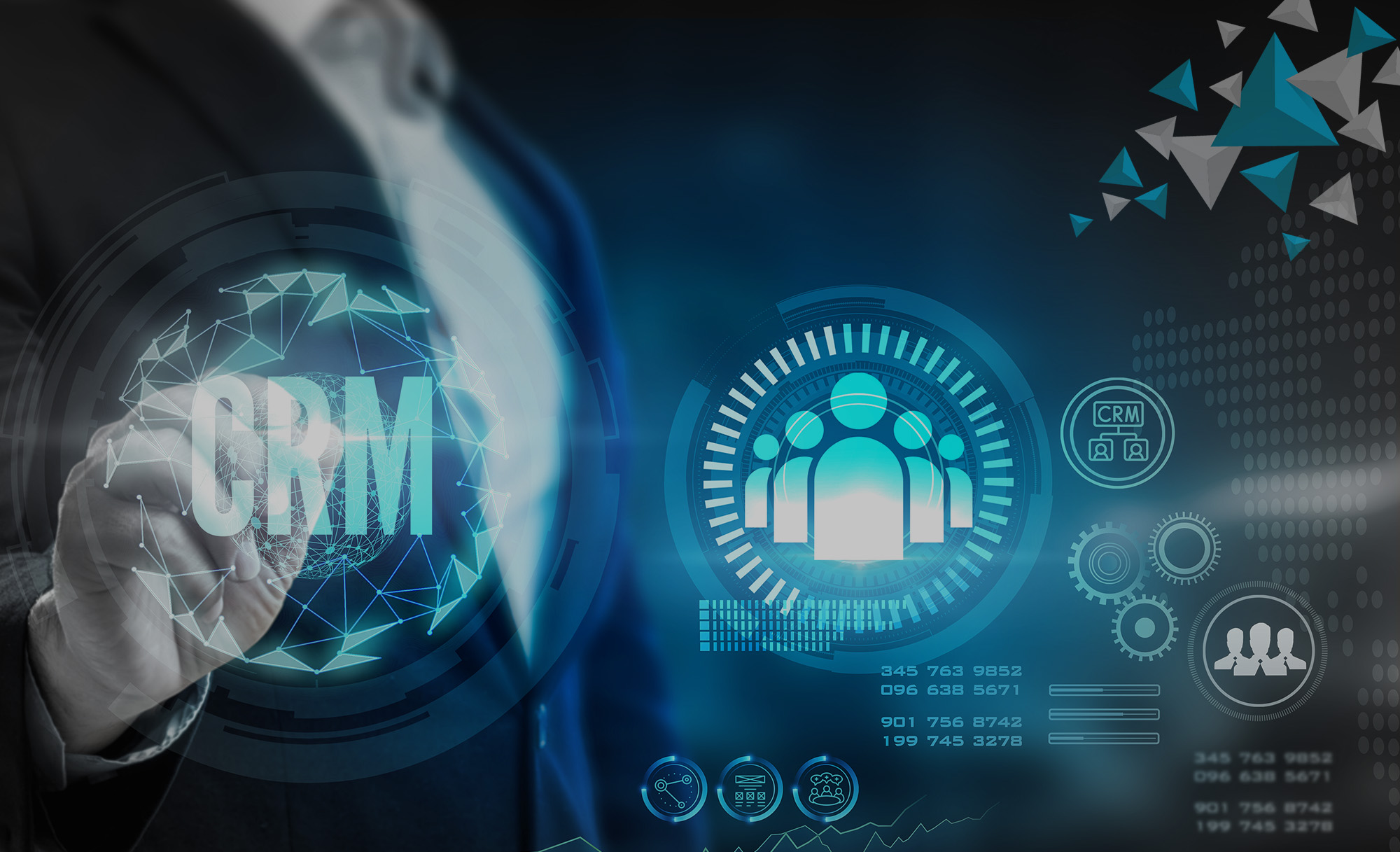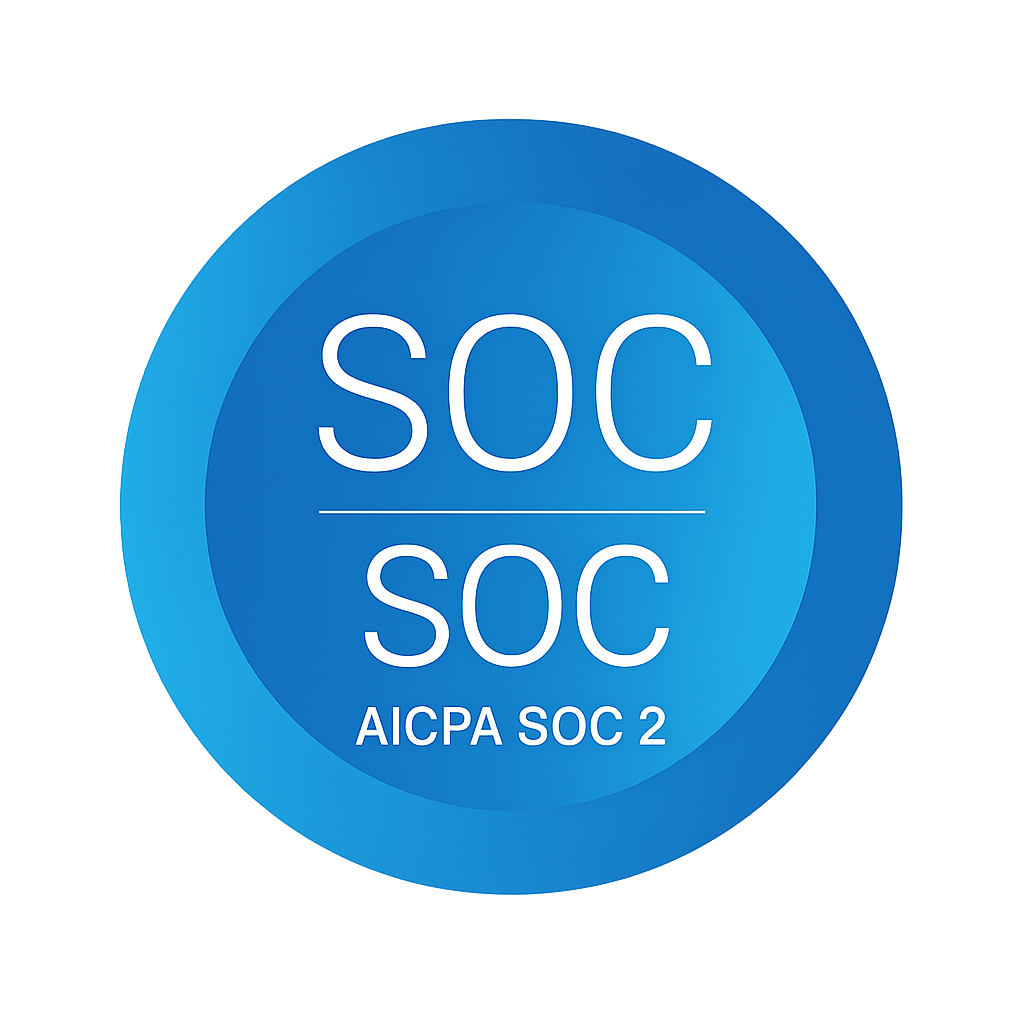- Understand the key differences between startups and established companies.
- Discover the importance of product discovery and user-centered design for startups.
- Learn how streamlined processes and Agile methodology can accelerate product development.
- See how effective feedback loops are crucial for creating superior products.
Unlike established companies with well-defined markets and proven products, startups operate in a world of uncertainty. They tackle novel challenges where solutions are yet to be established. This constant evolution demands a focus on agility and user-centered design. Established companies, on the other hand, prioritize efficiency and optimizing existing products within a defined market. While both require skilled product engineers, startups need a team that thrives on rapid iteration and embraces the unknown.
Agile and User-focused
Why User-Centered Design is the Startup's Secret Weapon
Imagine pouring your heart and soul into building a product, only to discover...nobody wants it. That's the harsh reality for startups relying solely on gut instinct. User-centered design flips the script.
In a competitive landscape, user-centered design empowers startups to make data-driven decisions, build products users love, and ultimately achieve sustainable success. It's not just a design philosophy – it's the key to unlocking your startup's true potential.
- Validate Your Vision: User-centered design replaces assumptions with deep user insights. You'll discover real pain points, ensuring your product solves problems people genuinely face.
- Build Something Users Love: By prioritizing empathy through user personas and testing, you create products that resonate with your target audience. Happy users translate to higher adoption and loyalty.
- De-risk Your Investment: User-centered design helps you iterate quickly and avoid costly mistakes. Gather feedback early and often to refine your product before you've sunk significant resources into features nobody wants.
From Prototype to Passion: 5 Steps to Engineer Products Users Love
Here's your 5-step roadmap to engineering superior products that win hearts (and wallets):
1. Deep Dive into Product Discovery:
- This isn't about assumptions; it's about uncovering real user needs. Conduct thorough market research, user interviews, and competitor analysis. Focus on the "why" behind user behavior.
- What motivates them? What problems do they face?
- This empowers you to create products that seamlessly integrate into their lives and truly solve their problems.
2. Embrace Human-Centered Design:
- Empathy is your superpower. Leverage design thinking methodologies to understand your target audience on an emotional level.
- Develop detailed user personas that capture their motivations, frustrations, and behaviors.
- By seeing the world through their eyes, you can design solutions that resonate.
3. Prototype Early and Often:
- Don't wait for a perfect product before getting user feedback. Rapid prototyping allows you to test core functionalities and gather valuable insights early in the development cycle. Embrace a "fail fast, learn faster" mentality. Iterate based on user feedback, refining your product until it truly meets their needs.
4. Prioritize User Testing and Feedback Loops:
- Gathering real-world feedback is crucial. Conduct usability testing throughout the development process.
- Observe user interactions with your prototype, identify areas for improvement, and iterate accordingly.
- Active listening and a commitment to user feedback are key.
5. Refine, Iterate, and Launch:
- The journey doesn't end at launch. Continuously monitor user behavior and gather feedback after release.
- Stay agile and adapt your product based on user needs. By fostering a culture of continuous improvement, you ensure your product remains relevant and beloved by your target audience.
Process simplification will shorten the time to market
A company cannot afford to stagnate since it is destined to expand quickly, fail quickly, and learn quickly in order to produce something that works. A startup's business process system must provide a streamlined workflow that enables quick choices and easily elicits consensus from the core team.
As the business grows, this procedure must be simple to repeat for additional new teams who join. This makes it simpler to predict the likely results of each strategic action, enabling the startup to make logical decisions while minimizing risk within the allotted time frames.
The Agile Method
The agile methodology is all about a committed team that recognizes the value of adaptable procedures that can quickly produce new products in response to frequent changes. Startups must be prepared to accept quick modifications, quick upgrades, and routine tweaking in response to shifting customer tastes and preferences.
The Agile methodology accomplishes two crucial goals:
- Using an incremental yet iterative approach, it enables quick product delivery, hence decreasing the time to market.
- From the proof-of-concept to deployment, the agile methodology advocates for a quick release employing an incremental, iterative approach. As a result, your product is more viable since you can prototype ideas more quickly and effectively until you find the "ideal answer."
When working with the correct technology partners, entrepreneurs must fit their short-term objectives into the agile strategy because they must contend with volatility and uncertainty.
The questions the business owner needs to ask are made clear by this.
Agile enables the technical and operations teams to work together in a setting that is clear and where roles are well-defined. The results of the methodical process are evident and quantitative.
Some of the inquiries you should be making are:
What is the task's priority?
Who is most qualified to complete the task?
What does the opportunity cost?
What can we anticipate happening?
How long will it take to achieve strategic alignment?
As a result, shorter and faster feedback loops drastically shorten the time required for development, iteration, and product launch. All resources are easier to manage, and the overall business strategy is implemented much more smoothly.
Feedback Cycle:
Feedback Cycle Only with the support of smooth communication between the teams can superior product development occur. It's critical to establish feedback loops that enable quick integration of both positive and negative feedback into the process. The whole development process proceeds at a faster rate, offering the firm exactly what it needs. But at this point, it's crucial to have knowledgeable product engineers that validate and expand on the suggestions made by the core team. These must then be evaluated and carefully tested. After receiving the insights, the same information is sent back to the developers, and the cycle is repeated until a superior product is ready for marketing. If you're looking for Product Engineering partners who share your enthusiasm and support your vision, talk to us. Our experts have the unique mix of a boutique-level focus combined with the global scale and ability to tackle the toughest technology challenges.



















.png)

.png)








